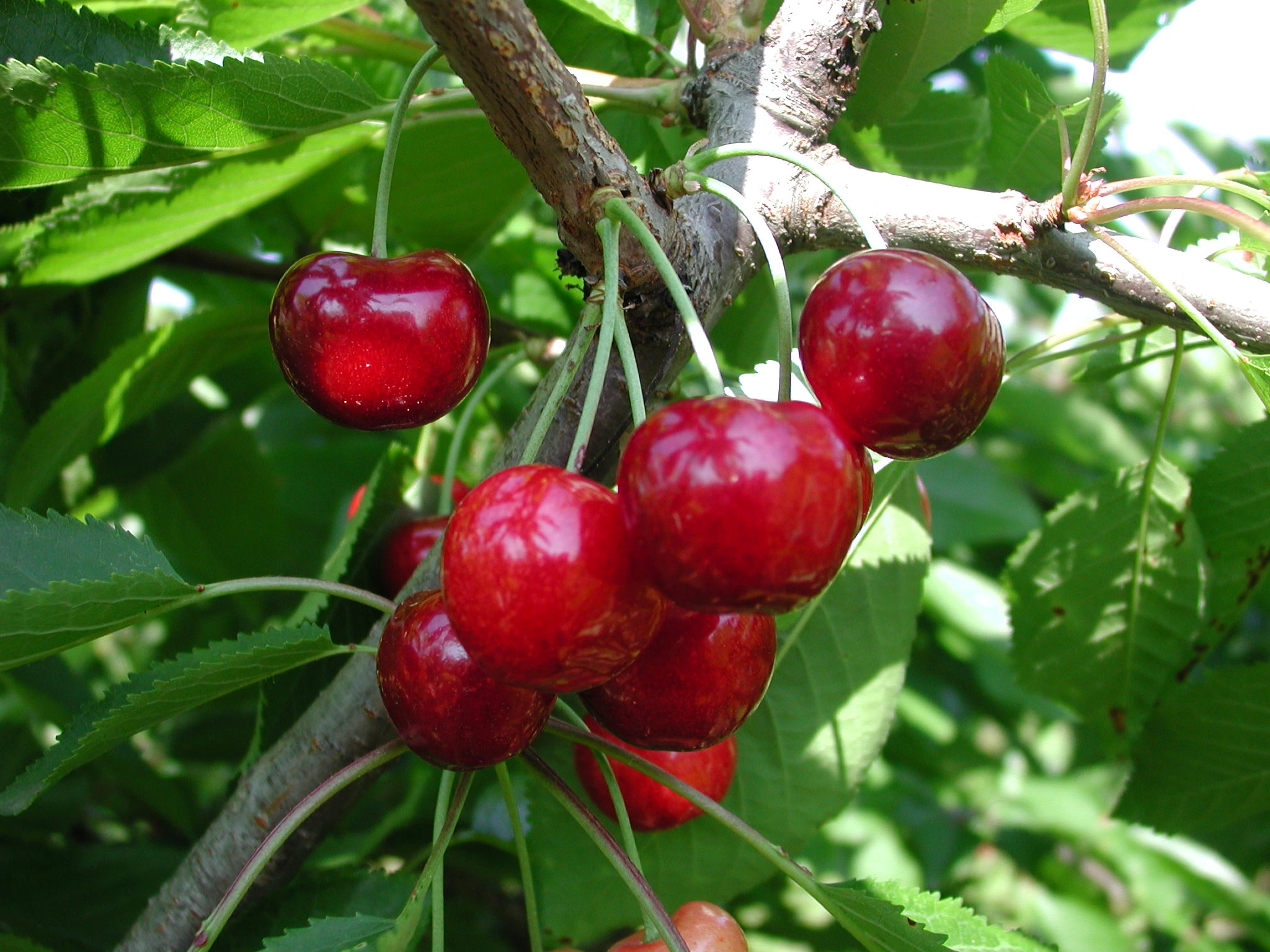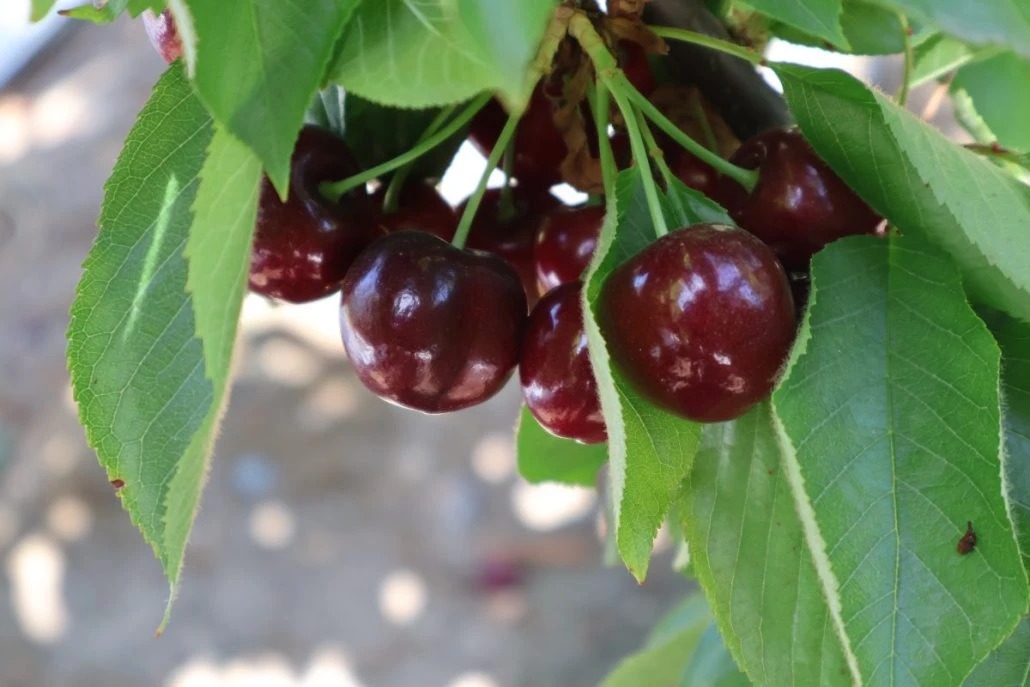The early arrival of autumn reduces the accumulation of carbohydrates in flower buds, increases the rate of abnormal flower formation and reduces fruit set. Numerous researchers have highlighted the impact of nutrients on fruit set rates (FSR). Boron (B) is particularly important in pollen tube development, pollen formation and fruit set rate.
Consequently, previous research has shown boron fertilisation to be effective in fruit set rate, although this effect may vary depending on the cultivar. Fertilisation with calcium (Ca) and nitrogen (N) has also been effective for this important parameter, on which the cherry grower's yield depends.
In temperate climate zones, in fruit species such as cherry, peach and apple, foliar and soil fertilisation in October leads to the accumulation of nutrients in the woody tissues. These nutrients are particularly critical during the early stages of vegetation, when physiological processes are at their peak.
It has been determined that nitrogen is taken from the soil and utilised in the fruit buds of apple trees during flowering, fruit set and the early stages of fruit development. In contrast, cherry trees only utilise stored nitrogen. This amount of nitrogen can represent up to 50% of the nitrogen needed by plants during the entire growing season.
This indicates how important it is to further study this topic. The study conducted in Turkey focused on the effects of nitrogen (N), phosphorus (P) and potassium (K) applied in different quantities from the soil on bud nutrient concentration and fruit formation of cultivar 0900 Ziraat grafted on rootstock Gisela 5.

To compare the effects of different nutrient inputs over a three-year period (2015-2017), the mineral concentration of the flowering buds (N, P, K, Ca, Mg, Fe, Cu, Mn, Zn and B), fruit set rate and production values were determined. As the dose of nitrogen fertilisation increased (up to 250 g per plant), a significant increase in production per tree was seen, but not in the fruit set rate.
For phosphorous fertilisation, on the other hand, an increase in fruit set and production rate was observed in plants receiving a dose of 75 g per tree. Finally, the fruit set rate was positively influenced by potassium applications of 50 and 75 g per plant, although the yield at harvest showed no differences between the different treatments.
However, when analysing the results obtained from this study in detail, it can be seen that, in the case of nitrogen fertilisation, the treatment that received no fertilization also presented a similar rate of fruit set to that of the most fertilised treatment.
Furthermore, fertilisation with potassium did not lead to an increased accumulation of this element in the buds. It is for these reasons that the researchers concluded that under their experimental conditions no significant interactions were observed between N, P and K fertiliser inputs to correlate with fruit set rate.
Source: Uçgun, K., Altındal, M., Sarısu, H. C., Cansu, M., Karamürsel, Ö. F., & Akol, S. (2024). Effects of N, P and K fertilizations on bud nutrient concentrations and fruit set of sweet cherry trees. Journal of Plant Nutrition, 47(20), 4008–4016. https://doi.org/10.1080/01904167.2024.2392029.
Images: SL Fruit Service
Melissa Venturi
University of Bologna (IT)
Cherry Times - All rights reserved











